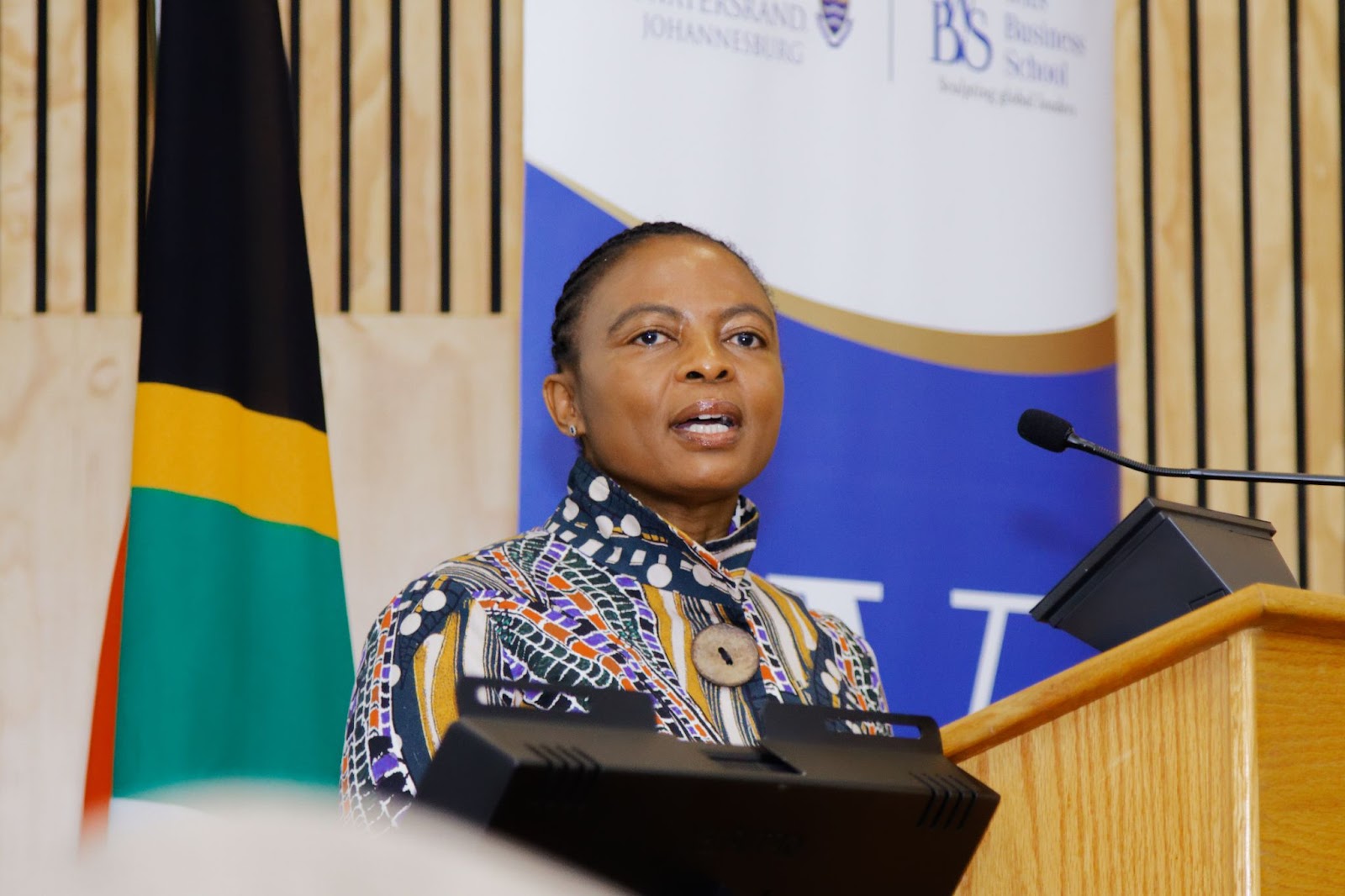Mr. Nayan Lad, Triveni Turbines, Mr. Parchant Goyal, Jindal Power and Steel, Mr. Radhakkrishnan Sarangapani, NTPC, Mr. Andrew Etzinger, NTCSA, Prof. David Phaho (moderator)
South Africa’s energy sector is at a crossroads. The Matla-Urja Energy Conference, held on 27–28 November at Wits Business School, put into focus the urgency of reshaping the nation’s energy mix. With South Africa’s reliance on coal for 80% of its energy, the country faces mounting pressure to transition toward a sustainable energy future while maintaining economic stability.
South Africa’s energy profile is dominated by coal, with Eskom, the state-owned utility, supplying most of the electricity from ageing coal-fired power plants. This heavy reliance on coal has made South Africa one of the world’s largest carbon emitters. However, according to Parchant Goyal, Jindal Power’s CEO, the need for reliable baseload power makes coal essential during the transition period. Their operations in South Africa and neighbouring countries demonstrate that coal, when managed efficiently, can coexist with renewable projects in the short term.
 Ms. Priscillah Mabelane, Chairperson: National Transmission Company of South Africa, NTCSA
Ms. Priscillah Mabelane, Chairperson: National Transmission Company of South Africa, NTCSA
s Priscillah Mabelane, Chairperson: National Transmission Company of South Africa (NTCSA)
The future energy mix will undoubtedly involve a greater share of renewable energy. South Africa’s Renewable Energy Independent Power Producer Procurement Programme (REIPPPP) has facilitated the integration of solar and wind power into the grid. Yet, transmission bottlenecks and funding constraints have limited the pace of expansion. At the conference, Ms Priscillah Mabelane, Chairperson: National Transmission Company of South Africa (NTCSA) emphasised the critical need to expand and modernise the grid to connect an estimated 56 GW of new renewable capacity by 2030.
India’s NTPC, with its renewable energy subsidiary, provides a roadmap for balancing growth. NTPC’s approach to integrating renewable energy, including its advancements in utility-scale battery storage, was a focal point at the conference. The potential for utility-scale storage in South Africa was highlighted as a means to stabilise the grid and offset the intermittency of renewables.
Gas was another key topic at the conference, with discussions centred on its potential as a transitional fuel. However, South Africa lacks a developed gas industry, and building the necessary supply chain presents significant challenges. Comparisons were drawn to India’s gas infrastructure, which supports its power sector and industries. NTCSA’s focus on creating a multi-market system by 2026 could pave the way for integrating gas and other flexible power sources.
Regional cooperation within the Southern African Power Pool (SAPP) was another theme at the conference. South Africa’s grid is interconnected with its neighbours, providing opportunities for electricity trade and collaborative investment in regional energy projects. NTCSA’s plans to expand interconnectivity with neighbouring countries align with the goal of strengthening regional energy security.
Financing the energy transition is one of the most significant hurdles. South Africa’s Just Energy Transition Partnership (JETP), which mobilised $8.5 billion in international funding, represents a critical step. Yet, much of this funding is earmarked for transmission upgrades and decommissioning coal plants, leaving gaps for renewable energy investments. Private sector participation, as demonstrated by Indian firms’ investments in renewable projects, could provide additional funding streams.